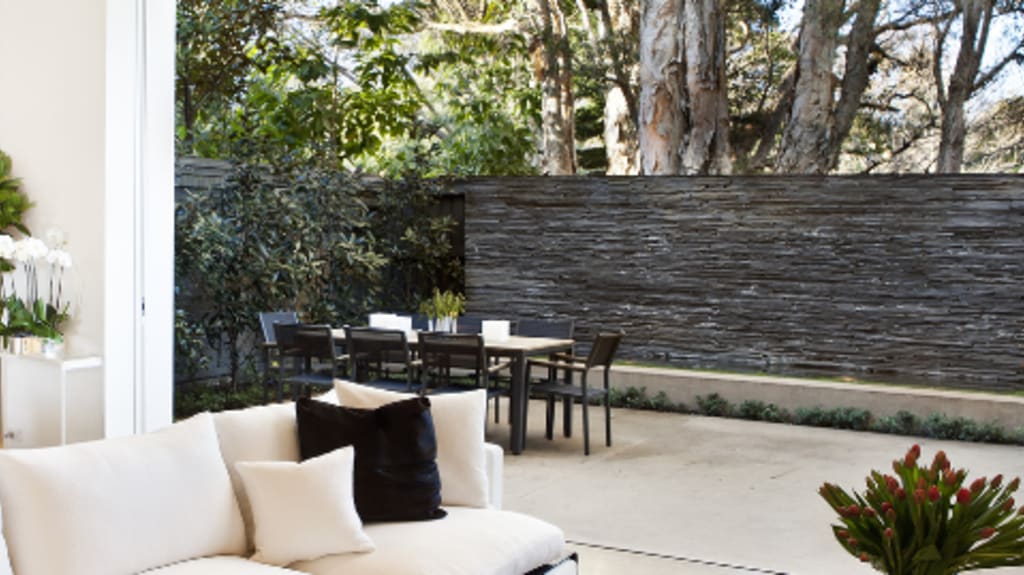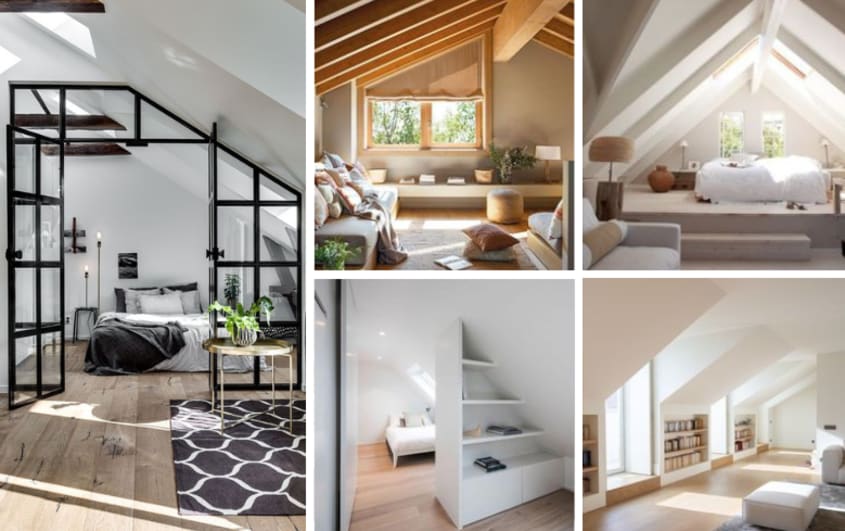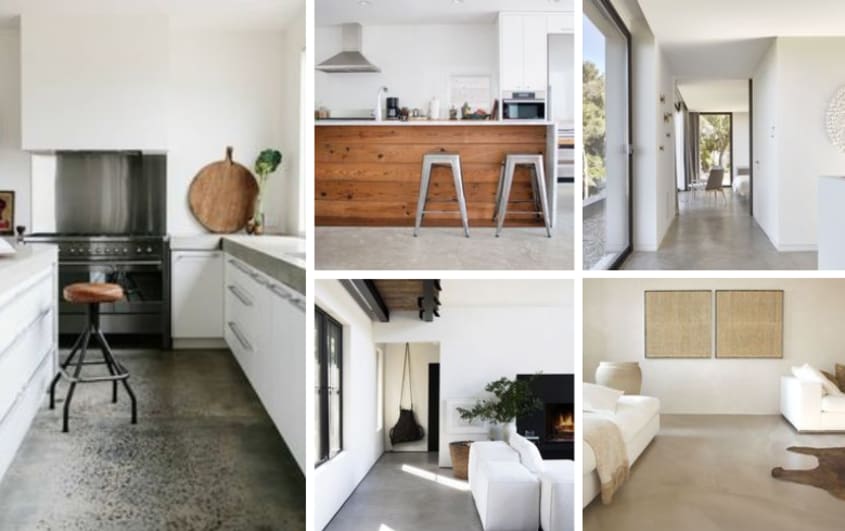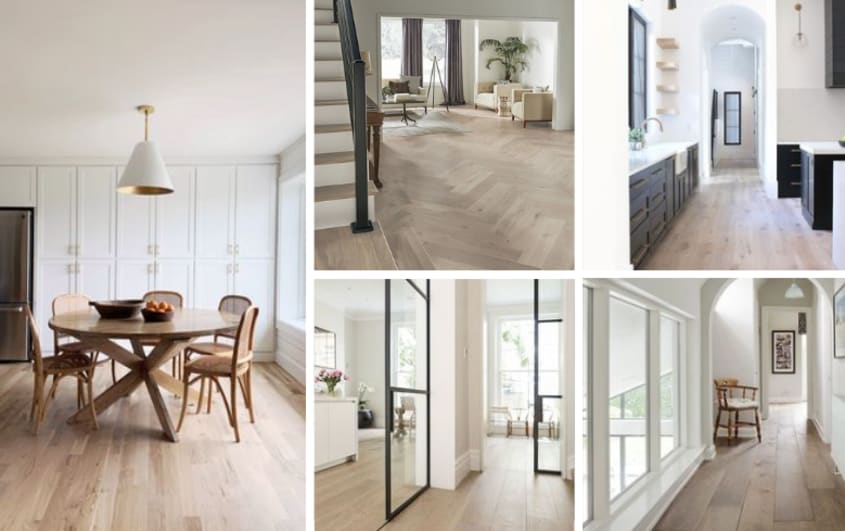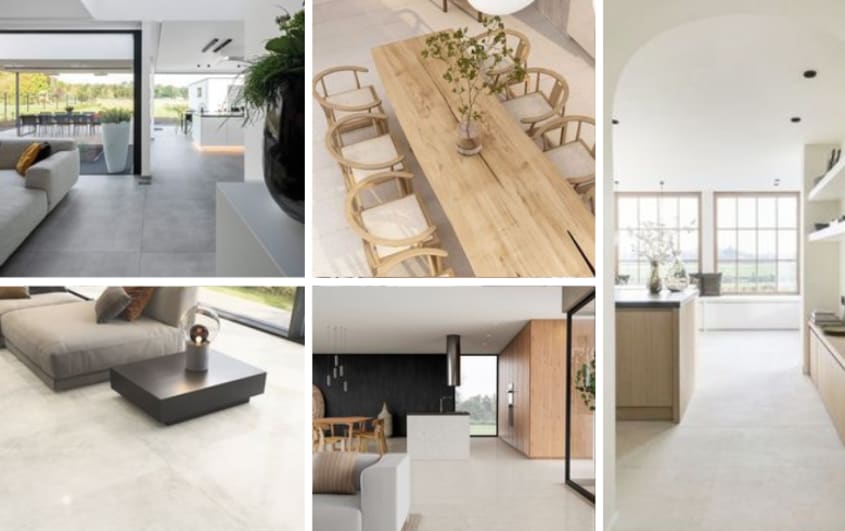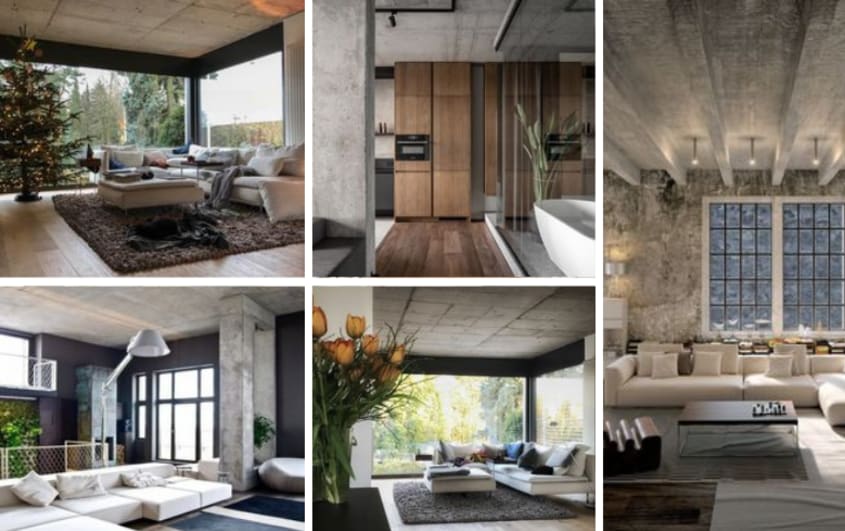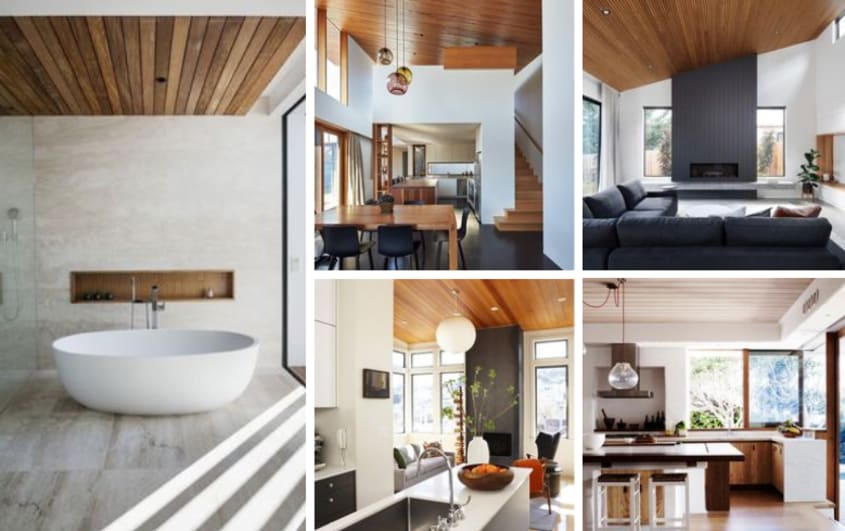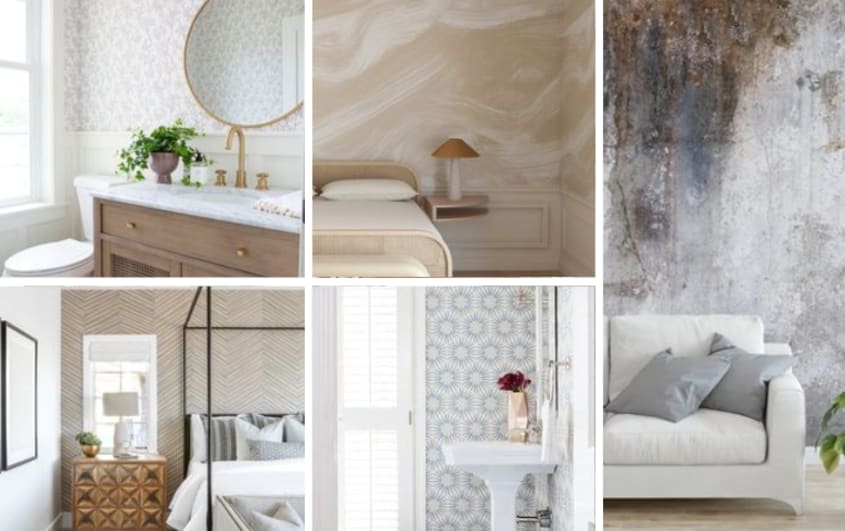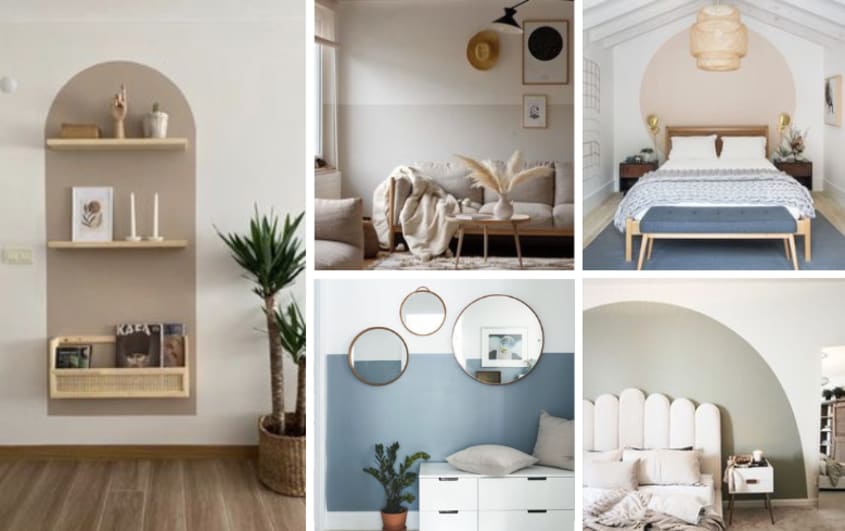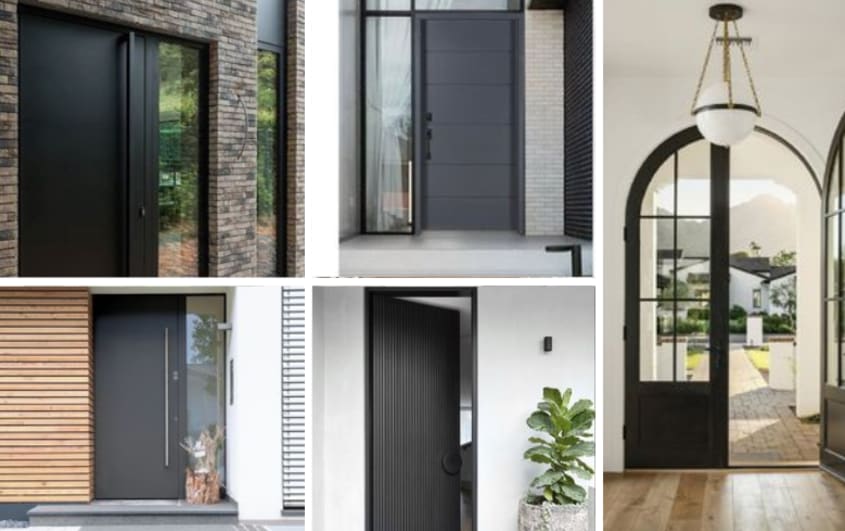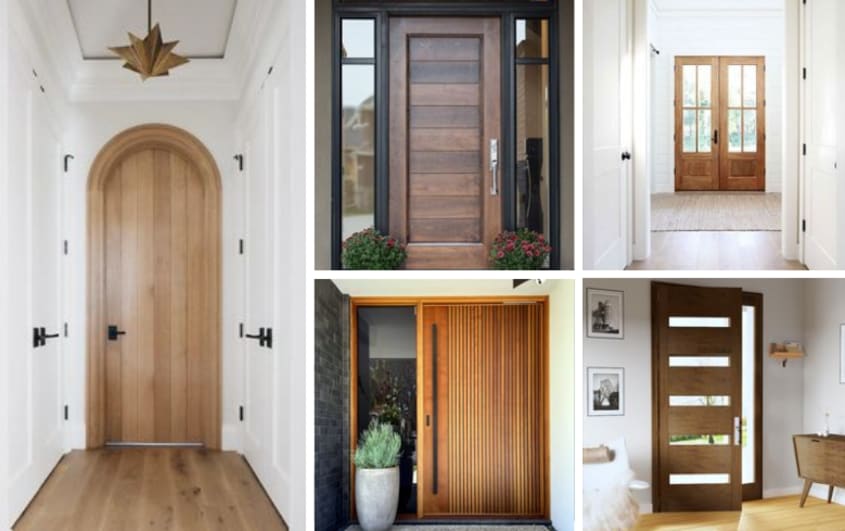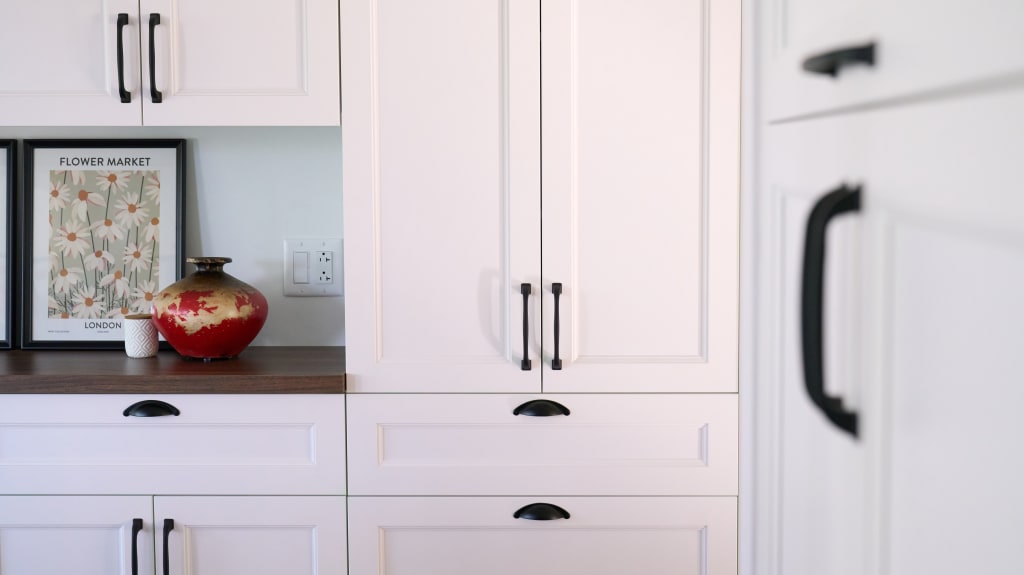If it fits your budget and you have the space, building a house addition can greatly improve your lifestyle. Whether you’ve outgrown your current home or are looking for a more custom living space, a house extension project means you don’t have to sell your house and relocate to achieve your dreams. Adding some much-needed square footage to your home is not something you can do on a whim, though. Not only does it require a substantial investment, but you also need to produce architectural drawings, secure building permits, hire contractors, and more. So, before you start knocking down walls to make room for a new home office, let’s talk about house extension plans, costs, and ideas.
What to consider in a home addition
Whether you’re opting for a bigger kitchen or tacking on an in-law suite, the benefits of a house addition are undeniable. However, even small house extension projects are a huge undertaking, and there are several factors to consider before you get started. Between budgets and bylaws, you’ll likely spend more time than you’d like in the planning stage. If you’re hoping to change the layout of your house, there’s even more to be done.
But, before you enter the planning stage, ask yourself these questions to make sure your dreams are possible.
Why do I want a home addition/what purpose will it serve?
Will municipal bylaws prohibit any of my plans?
Can my home structurally support an addition?
Am I prepared to live with the construction-related interruptions to my daily life?
Will the addition add value to my house?
Once you know that your house addition is possible, it’s time to consider these key elements.
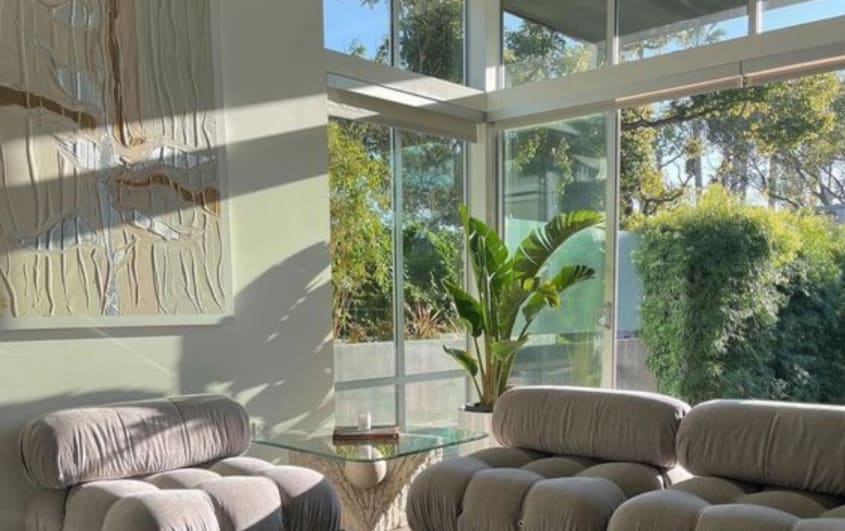
Lifestyle
Consider what you want out of a home addition and how it will complement your lifestyle. Looking for a bigger dining room to entertain guests? Then a simple bump-out house extension would be ideal. If you’re hoping to fill your home with plants that thrive all year round, then a four-season sunroom addition is a great idea. Those who work from home might look at adding a backyard office while others may seek to make their home more accessible. Your motivations will help determine exactly what type of house extension is right for you.
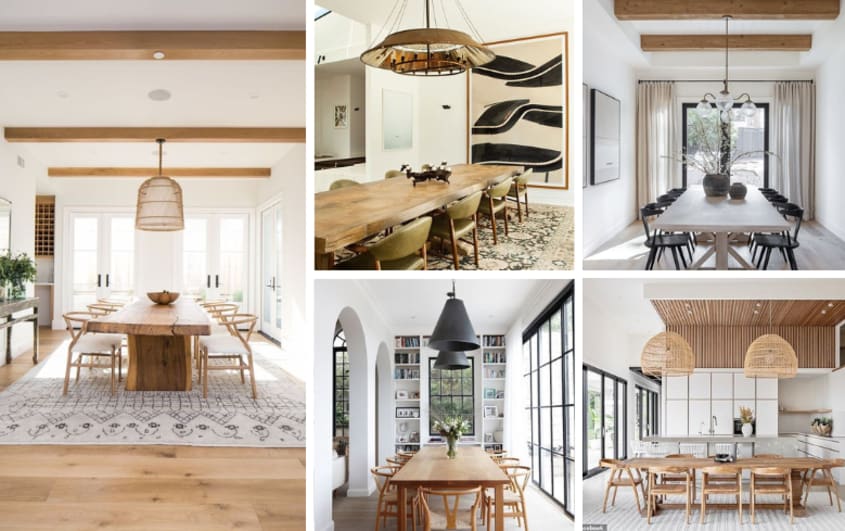
Aesthetic
Naturally, you’ll want your new house extension to fit your aesthetic as much as possible. So, take some time to browse the latest home trends and our home addition completed projects during the planning stage. You might decide that you want your addition’s exterior to blend in with the rest of your house and use the same siding or masonry. Or you might go the opposite route and choose contrasting materials or colours for an eclectic look that stands out. Either way, with a project as big as a home addition, making sure that you love the way it looks is important.
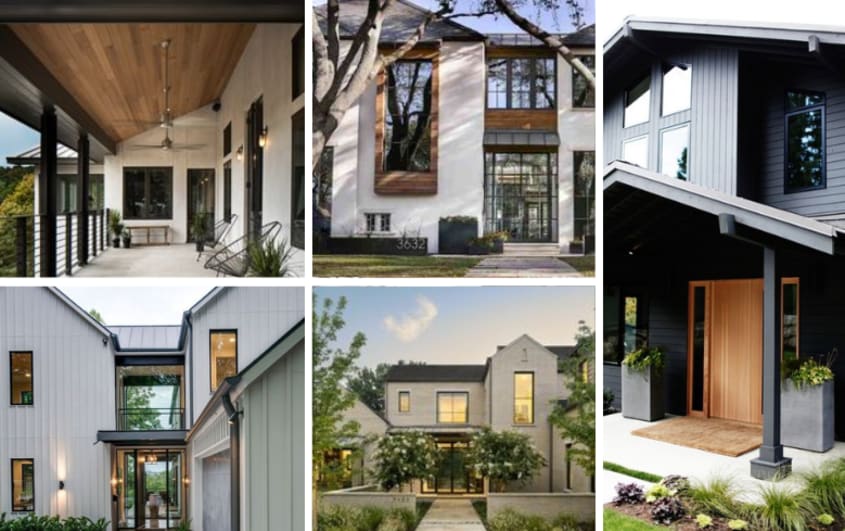
Budget
Before you get your heart set on anything, it’s a good idea to familiarize yourself with home addition costs. Your budget will change based on several factors including where you live and whether you’re adding a second storey. Even the costs of adding a garage addition versus a sunroom addition can vary greatly. While unexpected issues and luxury items can drive up the price, there are several budget-friendly tips you can use to help mitigate those expenses.
Do as little work as possible to your existing home
Make use of existing structures
Opt for budget-friendly materials
Consider a detached house extension
Work with a reliable contractor
Location
It’s easy to forget that location also impacts the cost of a renovation project. For example, getting equipment, trucks, and supplies over to a remote area or downtown of a metropolitan area is going to be more time consuming and costly than to a residential area. Similarly, you’ll also need to consider the workspace on your property. If contractors can’t carry materials through to the back of your home, they may need a crane to lift them over, which will be more expensive.
Popular types of house additions to expand your square footage
When it comes to expanding the square footage of your home, there are several layouts to choose from. Three of the most common home addition layouts include lateral additions, garage additions, and rear additions. But the list doesn’t end there.
Attic/basement conversion
Taking an unfinished basement or attic and turning it into usable space is one of the easiest ways to expand the size of your home. Because the structure is already in place, you can save money and time while still reaping the rewards of a regular house extension. Finishing a basement or an attic gives you tons of space and freedom to transform the room into anything you desire. Here are a few ideas to get the ball rolling.
A hobby/craft room: From crocheting to woodworking and every hobby in between, having a space dedicated to the activity that sparks joy in your life is never a bad idea. Create a room free of household distractions where you can get lost in your passion projects. Don’t hesitate to add storage solutions for supplies or set up a photography corner where you can document your latest creations.
A home office. Whether it’s a side hustle or a full-time job, working from home is more popular than ever. Having a dedicated workspace in your house is key to staying productive and keeping a good work–life balance. Don’t be afraid to go all out with decor, indoor plants, and inspirational art to make the office a place you’re happy to go to every day.
A bedroom. If you’re someone who enjoys hosting people, then a spare bedroom will come in handy. Alternatively, if you need more space in your own bedroom, the basement or attic could be the perfect spot. Just remember, in Ontario the Building Code requires every floor with a bedroom to have at least one window that’s easily opened from the inside.
Studio space. Need a quiet place to practice dance or record vocals? Why not invest in a home studio? Don’t be afraid to cover the walls in soundproof materials or install floor-to-ceiling mirrors to make the most of your space. If the lighting in your basement or attic is good, you could even create your very own photography studio.
Home theatre. Take movie nights to the next level with an at-home theatre. Your basement already mimics the atmosphere of a movie theatre – dark, cool, and comfortable. Add a projector screen and some comfy couches and you’re all set. You could take it a step further and install special lights or add a popcorn machine.
Play/toy room. If you have little ones at home, then you know the importance of having a dedicated child-safe playroom. Keep the rest of your house clutter free and let the kids live their best playful life in a room that’s dedicated to fun.
Conventional house addition
If you’re looking to make major multi-room changes, then a house addition on piles (for a single storey) or a foundation (for two or more storeys) will suit you best. This style of renovation typically adds a handful of new rooms to your home (dining room, guest bedroom, bathroom, etc.). You might choose a conventional house addition if you want to create a rental property or in-law suite, or if you’re looking for more space to accommodate your growing family.
Room addition or bump out
Perhaps you want a larger living room to accommodate that sectional sofa you’ve been dreaming of. Or, maybe you’re an aspiring chef who needs a little more space in the kitchen. Either way, if you’re looking to simply add square footage to an existing room in your home, then a room or bump-out addition is the way to go.
Garage addition or conversion
The reasoning behind a garage addition is pretty self-explanatory – you’re probably looking for a place to park your vehicle or store seasonal items. That said, a garage addition has so much more potential! Go big and build a suite upstairs.
If you already have a garage, it’s tempting to convert it into a functional living space. With the structure already in place, you can cut down on work and materials needed.
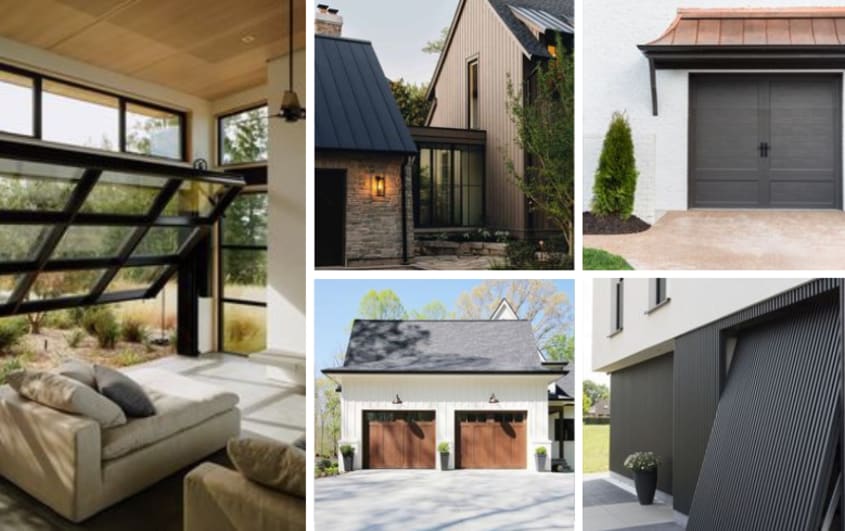
Sunroom or solarium
Four-season sunrooms are often added to the back of your house, but they can be built separately as well. The large glass windows commonly seen in sunrooms make these house extensions ideal for plant lovers, but sunrooms have several uses, even if you don’t have much of a green thumb. You can create a dreamy morning coffee nook or a sunny, inspiring office space.
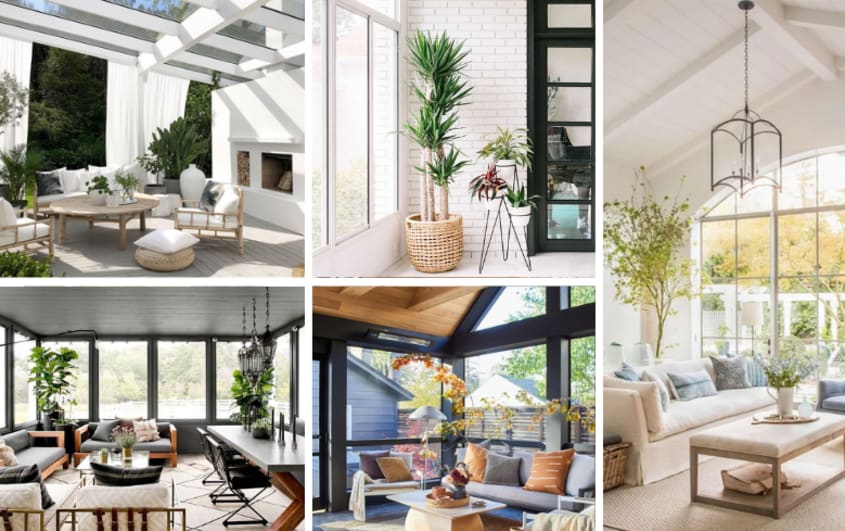
Tiny house or accessory dwelling unit
Adding a detached home addition such as a tiny house or detached dwelling unit can help save on the costs associated with changing your existing house structure. These additions can serve several purposes including office space. Accessory dwelling units can also be attached to a structure, such as an apartment over the garage.
Is it smarter to renovate or move?
There’s no one-size-fits-all answer when determining if it’s smarter to move or renovate. Both options have pros and cons that are unique to your specific circumstances. For example, depending on the extent of your house addition, moving could be cheaper. But, if you’re emotionally attached to your home, investing in a house extension will be more worth your while. If you can’t decide which option is best for you, consider the following.
Moving
Pros | Cons |
Moving is an opportunity to get closer to work, school, or family members. You’ll be investing in a new property. You could find an ideal turnkey house. Moving means not having to deal with the stress associated with renovations. You have the option of moving into a home you build yourself. | You might not find a house that checks all of your boxes, meaning you’ll need to renovate anyway. Selling your house is not an instant process and there’s no telling how long it might take. If you have an emotional attachment to your current house, moving might be difficult. House hunting can be a long and stressful process filled with tons of potential rejection. Mortgages, insurance, sales tax, agent fees… moving costs add up quickly. |
Moving is an opportunity to get closer to work, school, or family members.
You’ll be investing in a new property.
You could find an ideal turnkey house.
Moving means not having to deal with the stress associated with renovations.
You have the option of moving into a home you build yourself.
You might not find a house that checks all of your boxes, meaning you’ll need to renovate anyway.
Selling your house is not an instant process and there’s no telling how long it might take.
If you have an emotional attachment to your current house, moving might be difficult.
House hunting can be a long and stressful process filled with tons of potential rejection.
Mortgages, insurance, sales tax, agent fees… moving costs add up quickly.
Renovating
Pros | Cons |
You’ll gain a custom area that’s designed to meet your needs. You can increase the value of your home. You’re guaranteed to stay in the same neighbourhood. You’ll save money on moving and avoid the stress of house hunting. | You may need to relocate for the duration of the renovation(s). It’s possible to lose money on your investment. It’s possible to face delays or hidden fees, especially if you’re not working with a reputable contractor. Depending on where you live, your municipality may not allow the renovation you have in mind. |
You’ll gain a custom area that’s designed to meet your needs.
You can increase the value of your home.
You’re guaranteed to stay in the same neighbourhood.
You’ll save money on moving and avoid the stress of house hunting.
You may need to relocate for the duration of the renovation(s).
It’s possible to lose money on your investment.
It’s possible to face delays or hidden fees, especially if you’re not working with a reputable contractor.
Depending on where you live, your municipality may not allow the renovation you have in mind.
When is the best time of year to start your house extension?
No matter which house extension type you choose, it’ll take a six months a year to develop the project, from the initial idea to signing the contract and preparing the plans. Then the work itself will take another few months to complete. Be sure to consider both indoor and outdoor elements when deciding what time of year you’d like to begin your project.
If you’re laying a new foundation, cold and dry conditions are preferred to the wet and muddy conditions you’ll find in the warmer months. It’s important to note that harsh winter weather will make working on exterior projects difficult and expensive, so aim for November or December.
Here are some other benefits of renovating in the winter.
Quick permit processing. City permit offices will be less busy and thus more available for you during the slow season. Just remember to check the city’s schedule so you’re aware of any reduced holiday hours.
Energy savings. Odds are you’ll need to vacate your home at some point during the house extension. This means your heat will not have to be on as high or as often while you’re gone, which will save you money and energy.
Does a house addition add more value than it costs?
Ah, the question on everyone’s mind: will this be worth the investment? In Toronto and Montreal, home addition costs come in at anywhere from $72 to $480 per square foot. So, it’s safe to say the cost of every home addition varies greatly. Most house extensions, such as adding a second storey, will greatly increase your home’s resale value in the end.
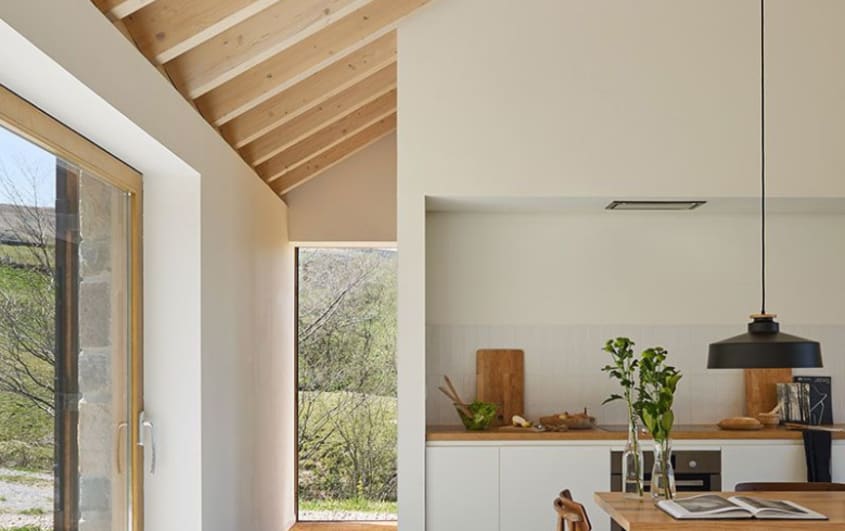
Planning | Drafting the floor plans for your house addition
No matter which type of home addition you have in mind, you’re going to need someone to draft your floor plans. That means working with an architect or architectural technologist. If you opt for the latter, you’ll also need to hire an engineer to determine if the house can support any extra weight if you’re adding a storey, for example. And, if you want to go the extra mile, you may also consider hiring an interior designer to fully customize your space.
In some cases, your contractor may offer to draft technical drawings for you, using an architect they frequently work with. While this option is convenient, remember that if you need to move on from your contractor because you’re unsatisfied with the work, they will take those drawings with them when they go.
Exterior | Building a house addition
The exterior elements of your house extension are just as important as the interior ones. You’ll have to prepare to lay down a solid foundation, consider which roofing materials you’ll use, and decide on a style of siding or brick for the outer walls.
Laying the foundation for your house extension
Aside from bump-out and second-storey additions, all house extension projects will require you to lay down a new foundation. Because of the digging and concrete, a new foundation or piles may account for roughly 15% of the total project cost. Since it’s not cheap, you’ll want to make sure you choose the right foundation for your house extension. Here are a few options to consider.
Screw pile foundations are made of metal. They’re quite popular for side extensions and solariums because they’re less expensive.
Concrete slab foundations are one of the most common options and for good reason. Since slab foundations combine the foundation and the floor of your addition into one slab of concrete, they’re a fantastic way to save a little money. This style of foundation only works if your house addition is level with your existing home.
Crawlspace foundations are similar to basement foundations except they are only a few feet deep, so you’d never be able to stand up straight in your crawlspace. To avoid common crawlspace issues such as humidity and mould, make sure your contractor takes the necessary steps.
Full basement foundations are the most expensive option because they require more digging and concrete than the others. Chances are you’ll have to break through some of your current foundation to attach the basement, which can get even pricier. Despite the higher cost, a fully waterproof basement provides a large usable space and allows you to easily insulate your flooring.
House siding and masonry
Once you’ve laid down the foundation, it’s time to cover the exterior. For house extensions, homeowners tend to go one of two routes: blending in (matching the rest of their home) or standing out (using contrasting colours and textures). There are a lot of different house siding materials to choose from, so don’t be afraid to have some fun!
Of course, each material comes in at a different price point. In Toronto, siding costs between $7 and $30 per square foot while masonry will run you about $50 per square foot. Brick tends to be the go-to eco-friendly siding option, but, if it’s not in your budget, consider wood or aluminum.
Here are some siding options to consider.
CanExel. Also known as engineered wood siding, CanExel is made up of various fibres and is designed to look like wood. This material holds up well in extreme weather and is easy to maintain. On the downside, it can be costly and difficult to install.
Steel siding. If you love the industrial aesthetic, galvanized steel cladding is an excellent choice. It’s easy to install but is nearly double the price of CanExel.
Vinyl siding. For a budget-friendly option, you can never go wrong with classic vinyl siding. Available in a vast range of colours and textures, it stands strong against mould, parasites, and scratches.
Masonry siding. When it comes to masonry, bricks aren’t your only option. You can also choose several types of stones and concrete. While these options are extremely durable, they often cost more than brick and other types of siding.
Wood siding. Wood siding is common among cabins and cottages, particularly in the northern parts of Ontario. If you love the look of wood, be sure to check if it’s permitted in your municipality first.
Aluminum siding. Durable and resistant to extreme weather conditions, aluminum siding is an attractive option for home additions. When properly taken care of, aluminum siding can last 25 years or longer.
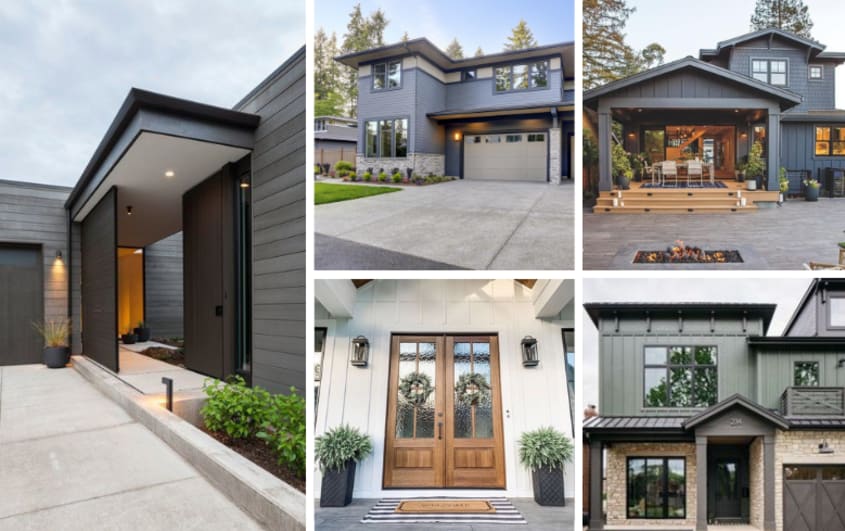
Roofing for your house addition
The roof is one of the most important aspects of your house addition. It protects your new extension from the elements and provides some much-needed insulation. When planning to build your new roof, there are several roofing materials for you to choose from.
The materials you use will depend partially on preference and partially on the type of roof you will have (pitched or flat). Ideal materials for a pitched roof include asphalt shingles and metal. For a flat roof, consider elastomeric membranes, thermoplastic Polyolefin (TPO), Ethylene Propylene Diene Monomer (EPDM), or even a green roof (with plants).
If your current roof is old or causing issues, take advantage of your home addition and get a roof inspection done at the same time. That way, if your old roof needs to be replaced or repaired, you can get the work done all at once.
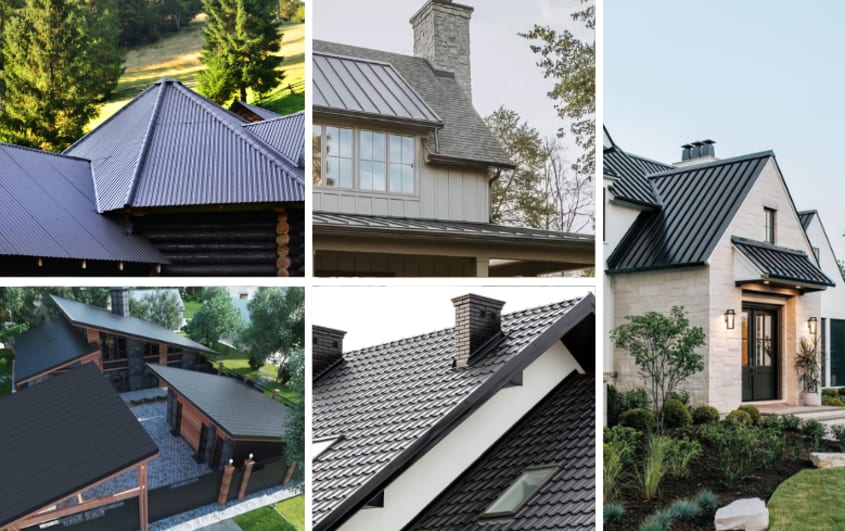
Interior| Building a house addition
Although the exterior of your house addition is important, the interior is way more fun to plan and design. Inside you’ll have more options and more opportunities to insert your personality into the addition. From paint colours and flooring materials to doors and windows, you’ll have several decisions to make.
Flooring
With so many options available, choosing the right flooring for your home extension can feel overwhelming. Options such as vinyl, wood, and carpet remain popular but eco-friendly versions of these common flooring materials are the current trend. Here are a few popular flooring materials to consider.
Hardwood. A classic choice, hardwood floors add resale value to your home and can last for years when properly maintained.
Cork. If you’re looking for an eco-friendly option that’s also affordable and cozy, then cork is just what you need. Cork bark regenerates after each harvest, so no trees are felled during the manufacturing process.
Natural stone. While it can be quite cold on the feet, natural stone flooring such as granite, slate, or marble offers a simple but elegant look.
Ceramic. If you want to have fun with a variety of colours and styles, you can’t go wrong with ceramic tiles. Ceramic stands up against scratches and dents and has a relatively long lifespan.
Concrete. Whether you’re adding a new bedroom or building a garage addition, concrete is a durable and easy-to-maintain flooring option. Not a fan of grey? Don’t worry! You can spruce it up with paint, stain, polish, or wax.
Vinyl. If you’re working on expanding your kitchen, vinyl is a versatile and affordable choice for kitchen floors. It’s also available in a wide range of styles and colours, including hardwood or concrete lookalikes. That said, it has a short lifespan and isn’t eco-friendly.
Ceilings
Flat, vaulted, textured, smooth… when it comes to ceilings, the sky’s the limit! You can keep it simple with a smooth painted ceiling or add wood beams and accents for a unique twist. Once you’ve nailed down the style, it’s time to select the materials. Here are a few common home addition ceiling materials for inspiration.
Drywall. Drywall is one of the most common ceiling materials around as it’s easy to install and customize. You can add paint or texture to make the ceiling your own. Drywall is best suited for flat ceilings or vaulted ceilings with flat, even sides.
Cement board. A great option for the bathroom, cement board is water-resistant and looks similar to drywall, though it’s roughly double the cost.
Plaster of Paris. While not ideal for wet, humid rooms, plaster of Paris allows you to get creative with the ceiling design. This durable material can be painted and customized to fit your style.
Wood panels. Easy to install, wood panel ceilings bring an element of warmth to any room.
Fibreglass. Typically used in commercial buildings, fibreglass is a less common choice for house additions, but is a solid option if you want a drop ceiling.
PVC tiles. Polyvinyl chloride (PVC) tiles are lightweight and easy to install. They can also be designed to mimic the look of other more expensive tiles such as brass. However, PVC is made from potentially toxic elements and may not be suitable for every room type.
Walls
Your home addition’s walls are like your ceilings in that they’re usually built using drywall or similar materials. That said, you can get a lot more creative with what you put on them. From fun patterned kitchen backsplash ideas to stunning bathroom murals, here are a few ideas for inspiration.
Wallpaper. Whether traditional or peel-and-stick, wallpaper is an effortless way to add pops of colour and personality to your new extension.
Paint. Play with colour or hire a professional to paint a beautiful mural on the walls.
Patterns/stamps. You can use stamps or sponges to create fun DIY patterns.
Gallery walls. Collect all of your favourite art and photographs to design a classic gallery wall full of memories and love.
Insulation
Insulation is decidedly less exciting than picking out wallpaper but still an extremely important task. To tell how good insulation will be, you need to look at its R-value. This number tells us how resistant the insulation is to heat flow. The higher the R-value, the better your insulation will work.
Windows for your house addition
Good windows make a big difference in your house addition. They let natural light in, which is ideal for improving mental health. And if you opt for energy-efficient windows, they can help save money on your utility bill as well. There’s a wide variety of window types to choose from, so let’s go over a few common ones.
Casement windows are commonly found in residential homes. This style of window opens vertically from either the left or right side. Casement windows are low maintenance, but the opening mechanism may break after regular use.
Single-hung windows slide up to open, provide plenty of light, and are easy to clean. However, they have large openings which could be dangerous for pets or small children. They also tend to become harder to open over time as they wear out.
Double-hung windows are similar to single-hung windows but both panels can move up and down instead of just one.
Tilt and turn windows can be opened in two ways: tilted inward vertically or turned inward horizontally. These windows have more complicated mechanisms and therefore tend to have a higher price tag.
Sliding windows are a low-maintenance option that open on a horizontal track from left to right. They tend to be budget-friendly but sometimes have issues with leaks and sticking.
Awning windows offer excellent watertight protection. This style of window opens outward from the bottom up, which can take up more outdoor space than other windows.
You’ll also need to think about finishes for your windows, materials for window frames, glazing and special coatings, and whether or not you want hybrid windows. If you’re looking for an affordable option, we recommend PVC windows.
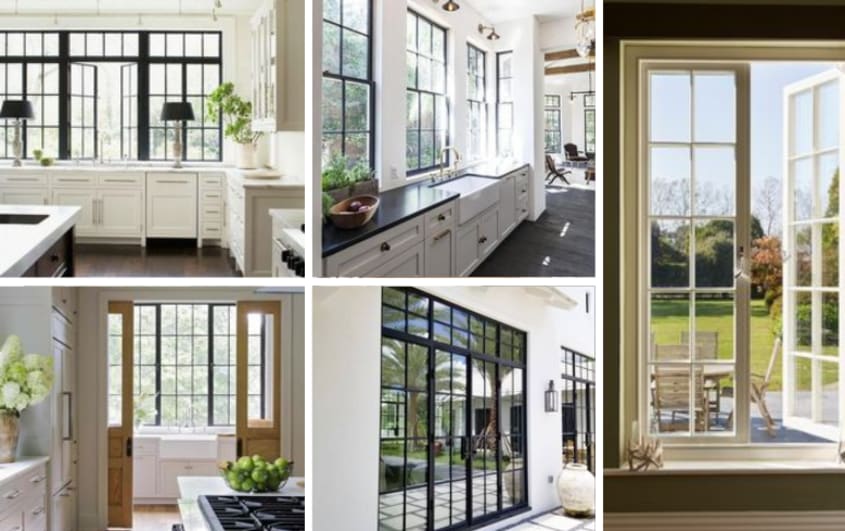
Doors
The cost of installing a new front door can vary greatly depending on the material you choose. For example, PVC doors cost roughly $1,680 to $2,400 in Toronto whereas an aluminum door can run anywhere from $3,000 to $5,400. High-end doors can reach up to $6,600. Whether you’re installing a front door, a garage door, or an interior door, here are a few materials to consider.
PVC. A low-cost option that offers insulation during Canada’s cold winter months.
Wood. The most common choice for interior doors, wood doors also work well for exterior and garage doors. Although wood doors can be expensive, they add value to your home.
Aluminum. Available in a variety of styles and colours, aluminum doors are a good option if you value a customized look.
Steel. An affordable, low-maintenance option, steel doors offer fire-proof protection.
Details | Building a house addition
Sometimes it’s the smallest details that make all the difference. If you’re someone who loves adding finishing touches, then this is the part of your house addition you’ll enjoy the most.
Knobs, pulls, and finishes
Whether they’re for kitchen cabinets or a new bedroom hutch, knobs, pulls, and finishes are a great way to showcase your personality. Knobs and pulls come in all assorted styles. You can find knobs shaped like lion heads, abstract shapes, mushrooms, and so much more.
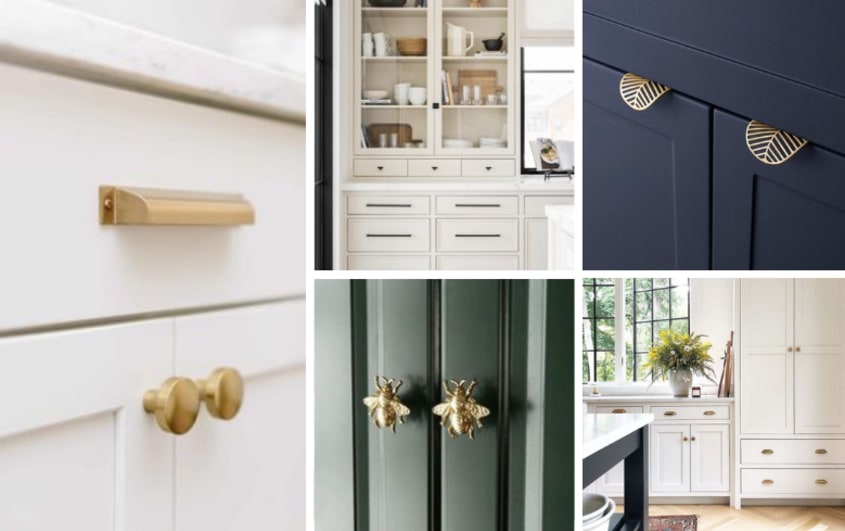
Amenities
There’s a wide variety of amenities you can include in your house addition. Luxury options could include heated flooring in the bathroom or smart blinds in your attic conversion. More practical examples include built-in storage solutions, under cabinet lighting, or extra electrical outlets.
Organization
Choosing organizational solutions for your house addition will depend on what type of addition you plan to build. For example, if you’re extending the kitchen, you might look for kitchen pantry ideas. If you’re working on a garage addition, you might find hanging peg boards to be more beneficial. Let’s discuss some creative organization ideas and where to use them.
Kitchen cabinets. Get creative with kitchen cabinets by using curtains instead of doors or building large cabinets that can be permanent homes for your appliances.
Walk-in pantry. Consider adding a walk-in pantry to your kitchen extension with plenty of open shelves and drawers to store all your dried goods.
Built-in shelving. Having shelves that are flush with the wall is a creative way to save space in any room.
Wall and ceiling hooks. Ideal for the garage, hooks on the ceiling and walls provide simple storage and easy access to tools.
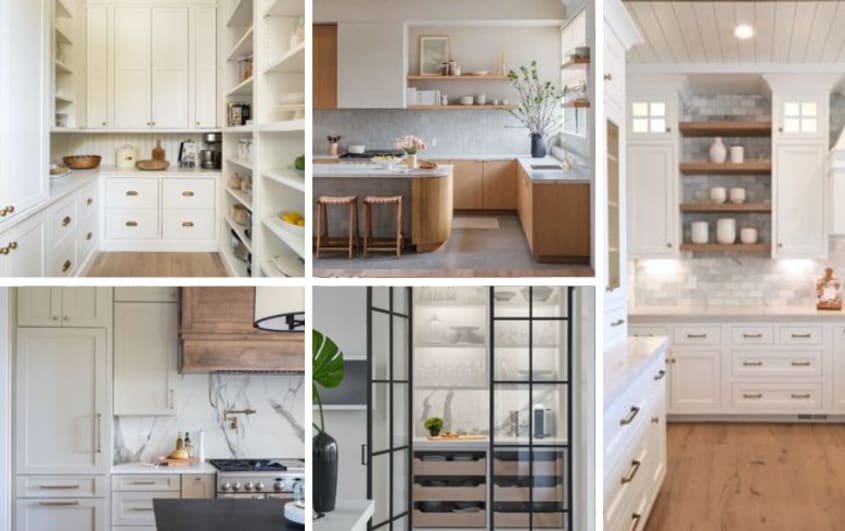
Lighting
Do you want recessed lighting or hanging pendants? Should your lights be suspended from the ceiling or mounted to the wall? Will you choose fluorescent or ambient lighting? The answers depend on the purpose of your home extension. If you’re adding a bedroom, for example, wall-mounted sconces will provide cozy bedside lighting. If you’re converting your basement into a workshop or studio, you might opt for suspended fluorescent lights to better see your projects.
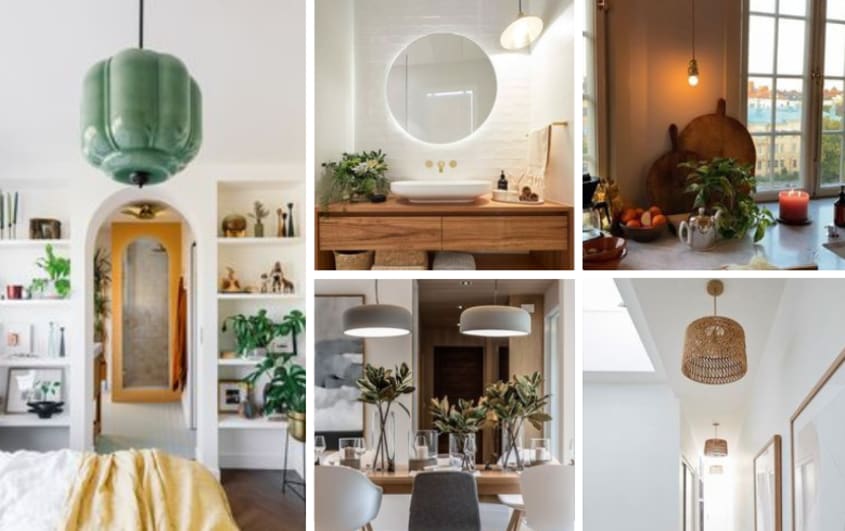
Accessories
From plants and artwork to curtains and carpets, there are endless possibilities when it comes to home accessories. For the most part, the accessories you choose will be a matter of personal preference.
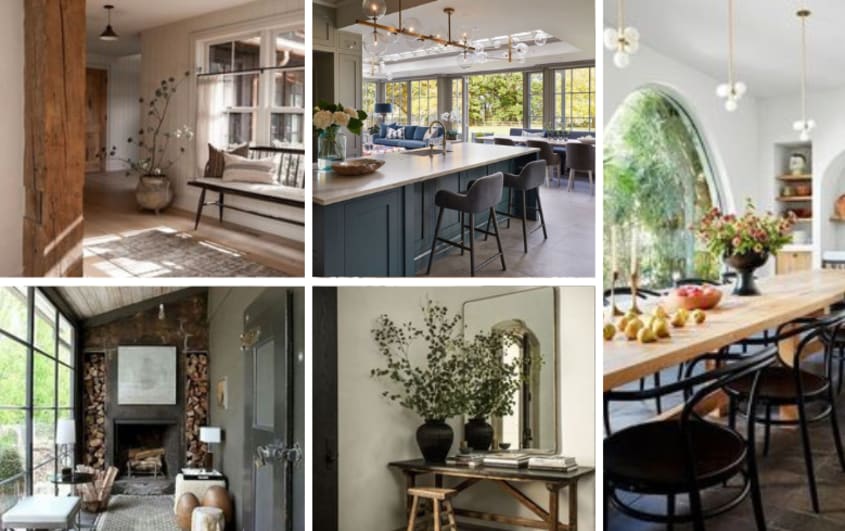
Appliances
Depending on the type of home extension you build, you might need to buy some new appliances. For example, if you’re expanding the kitchen to accommodate a growing family, you may opt for a bigger fridge or to add a dishwasher. If you’re going for a conventional house addition with the intent to use it as a rental apartment, you might need to include a stove, fridge, washer/dryer, and more.
Finding a contractor to build your house addition
Finding a contractor you can trust and rely on is essential to any successful home renovation project. It’s worth noting that most contractors’ schedules fill up quickly, so finding a contractor who can start your project immediately isn’t likely. That’s why it’s important to start looking at least six months before your preferred start date.
Questions to ask your contractor
When working with a contractor for the first time, there are a handful of important questions to ask. You’ll want to know how long they’ve worked in the industry, what projects they’ve completed, and what references they have. You’ll also have questions regarding permits, how long they’ll be on-site, projected timelines, and much more. You could also look online to see if the contractor’s business is registered with Service Ontario or the Quebec business registry.
It all sounds a little overwhelming, doesn’t it? Not to worry. You can mitigate some of that stress by working with a Renovation Advisor at RenoAssistance. They’ll pair you with our 53-point Verified Contractors , so you can rest assured knowing that you’re working with the best in the industry.
If you’re considering building your home extension yourself, it’s important you know the pros and cons of DIY versus working with a contractor.
DIY home addition
Pros | Cons |
You’re in charge of the timeline. You can closely monitor the budget. Building can feel rewarding. | Work can become exhausting without help. You might need to invest in tools you’ll never use again. Some work done without a licence will void your home insurance. Large margin for error and potential to stall for years. |
You’re in charge of the timeline.
You can closely monitor the budget.
Building can feel rewarding.
Work can become exhausting without help.
You might need to invest in tools you’ll never use again.
Some work done without a licence will void your home insurance.
Large margin for error and potential to stall for years.
Working with a contractor
Pros | Cons |
Contractors are trained and often have years of experience. Saves you time and energy. Licensed and insured contractors mean the work on your home is covered. | It’s unlikely your job is their sole focus. Timelines and budgets are often stretched more than expected. Your house may be filled with workers for extended periods of time. |
Contractors are trained and often have years of experience.
Saves you time and energy.
Licensed and insured contractors mean the work on your home is covered.
It’s unlikely your job is their sole focus.
Timelines and budgets are often stretched more than expected.
Your house may be filled with workers for extended periods of time.
Questions to ask your architect or technologist
When building a home addition, most municipalities will require you to provide architectural plans for approval. That means working with an architect or technologist. Here are a few questions you’ll want to ask before committing to working with someone.
Do you have references?
Are you insured?
What can I expect to pay?
How closely will you work with my contractor?
Questions to ask your interior designer
Working with an interior designer is helpful if you want a customized space but aren’t sure about your style. Before you choose an interior designer ask them the following.
What services do you offer?
How would you describe your style/design process?
What are your rates?
How will you show me your plans? (mood boards, drawings, digital presentations, etc.)
What happens if I don’t like the first design?
What other projects have you worked on?
Home addition services
No matter what the purpose of your home addition is, odds are you’ll need services such as HVAC, plumbing, and electrical. This is an excellent opportunity to do some research and ensure your new addition is efficient enough to save money on heating. You can also take the time to learn about which type of HVAC system is best for your home.
How do you know it’s time to build a house addition?
If you find yourself bumping into family members or running out of storage space, it could be an indication that it’s time for a home addition. If you’re in love with your neighbourhood but feel your home doesn’t meet all your needs, it’s time to expand what you already have.
How long will it take to build the addition?
The length of your project will depend on the size of your home addition, the time of year, and the availability of supplies. Generally speaking, you can expect home additions to take between one and three months.
What to expect when building a house addition
Adding a house addition is a long and involved process. You can expect to do a lot of paperwork, pore over designs, wait longer than you’d hope for building permits, and adjust your expectations to stay within budget. You should also be prepared to relocate during construction. With so many elements to consider, it’s important to plan and prepare for your house addition in advance.
House addition building mistakes to avoid
Like any major renovation project, there are some common house addition mistakes to avoid. Be on the lookout for the following.
Underestimating the costs.
Starting without a fully realized vision.
Being unaware of local bylaws, rules, and regulations.
Doing the project by yourself.
Helpful resources for your house extension project
If you want to avoid making beginner mistakes, it’s important to do your research beforehand. Here are some helpful reading resources to get you started.
The Visual Handbook of Building and Remodeling by Charlie Wing
The Complete Guide to Room Additions by Black & Decker
Adding on: How to Design and Build the Perfect Addition for Your Home by Ken Burton
A home that grows with you
Building a house addition involves sacrificing your time, comfort, and money. But in the end, having a home that better suits your everyday needs is the ultimate reward. If you’re ready to start creating your dream home, be sure to familiarize yourself with the steps to a successful home addition. Still not sure about your vision? Check out these completed renovation projects for inspiration.

